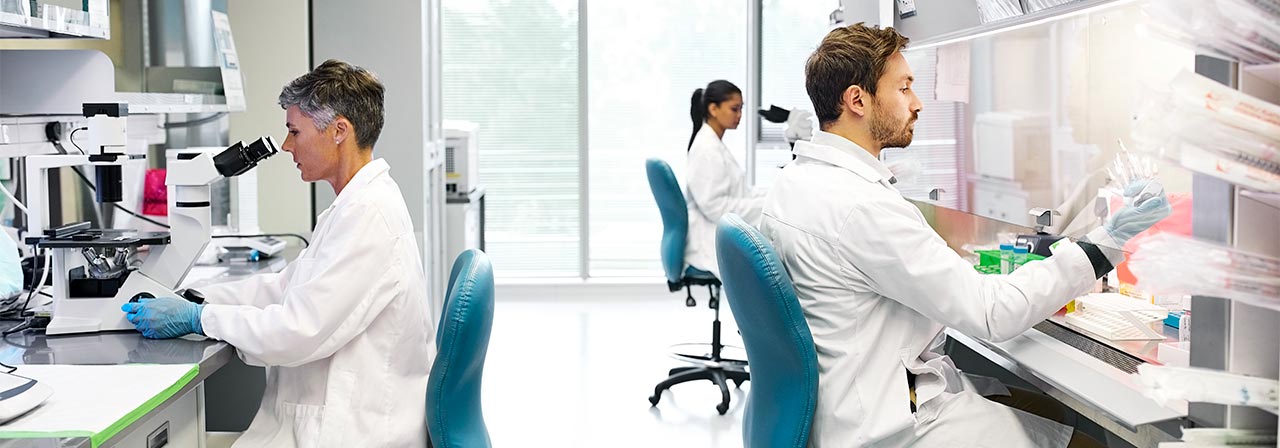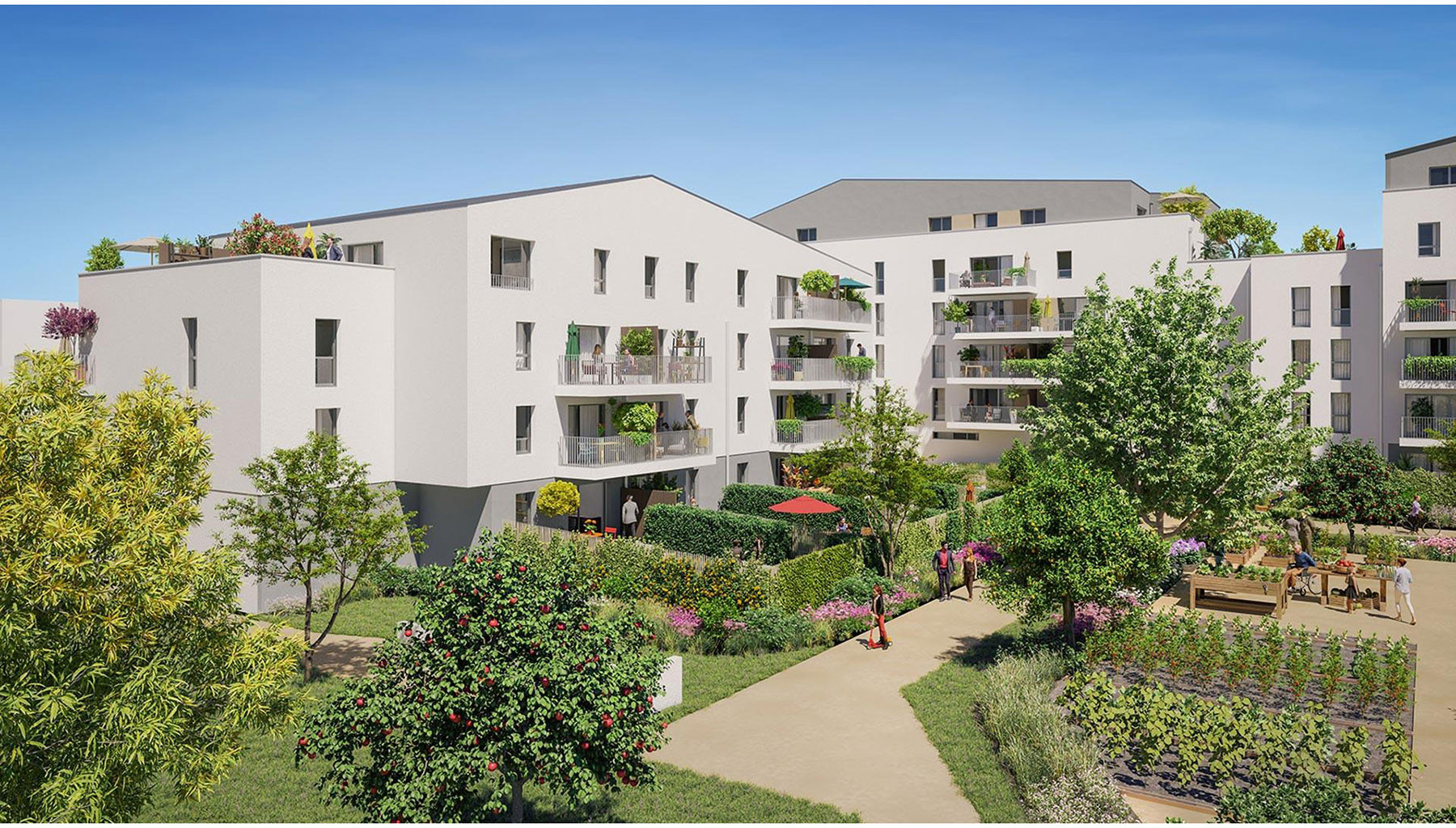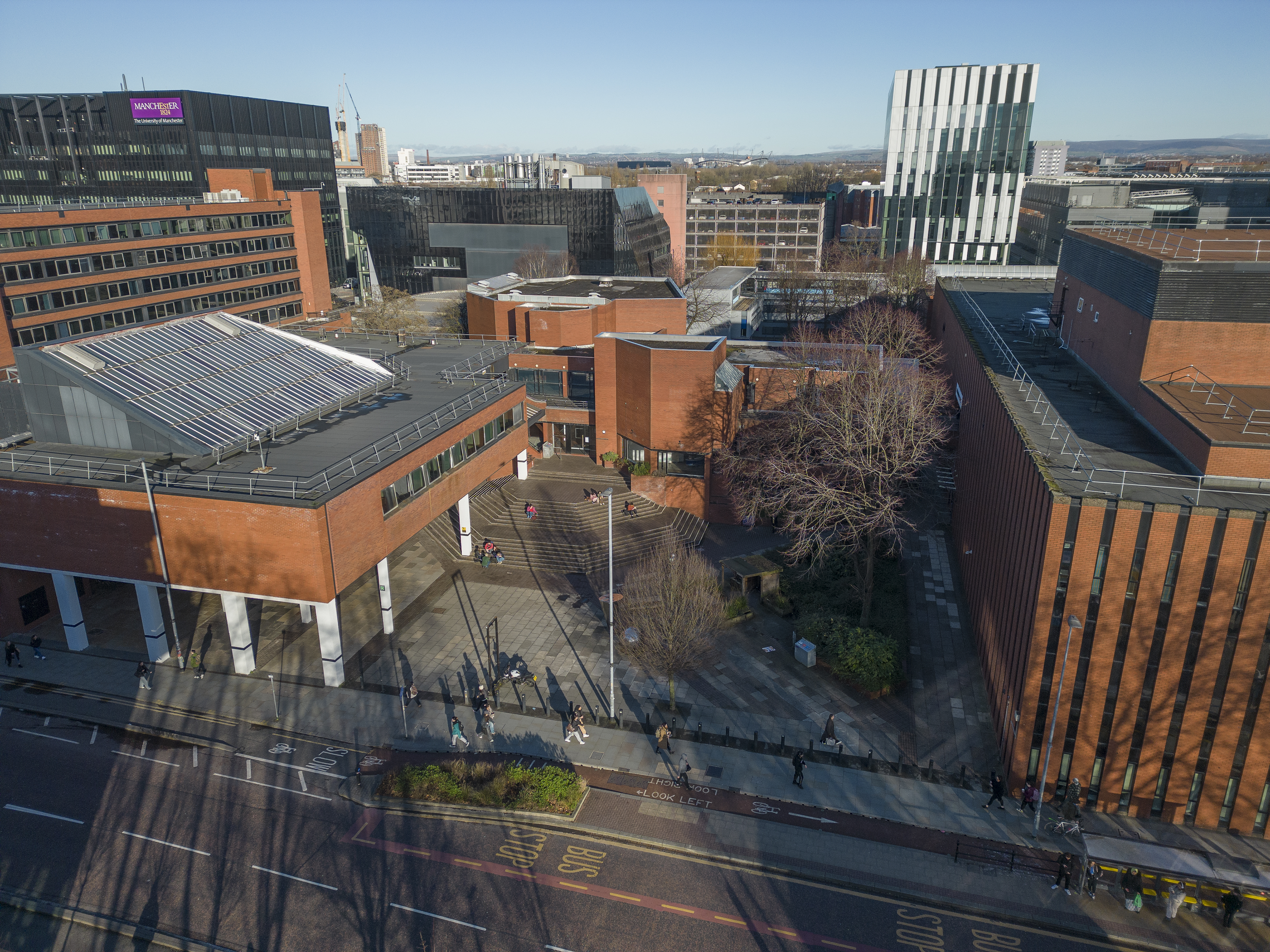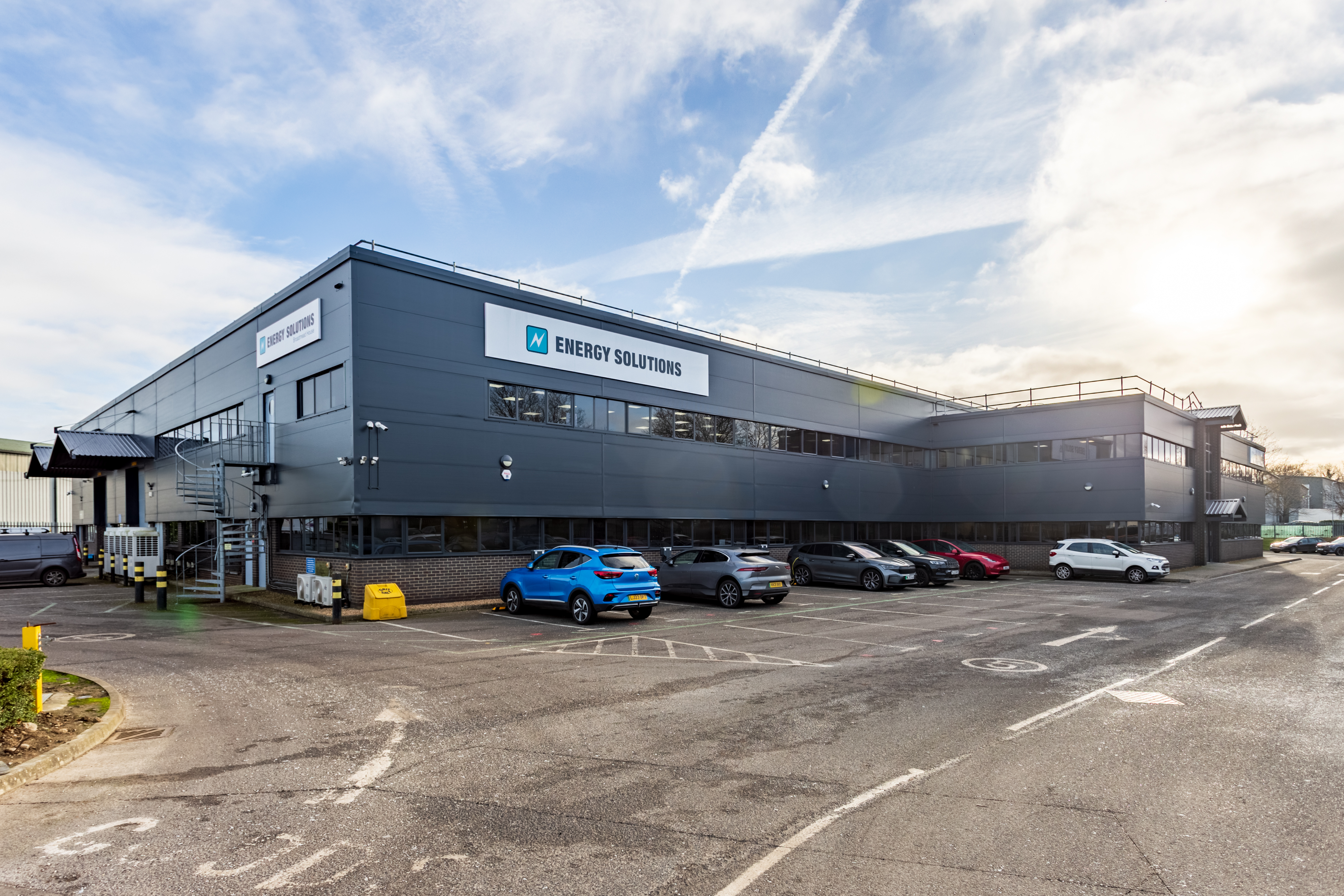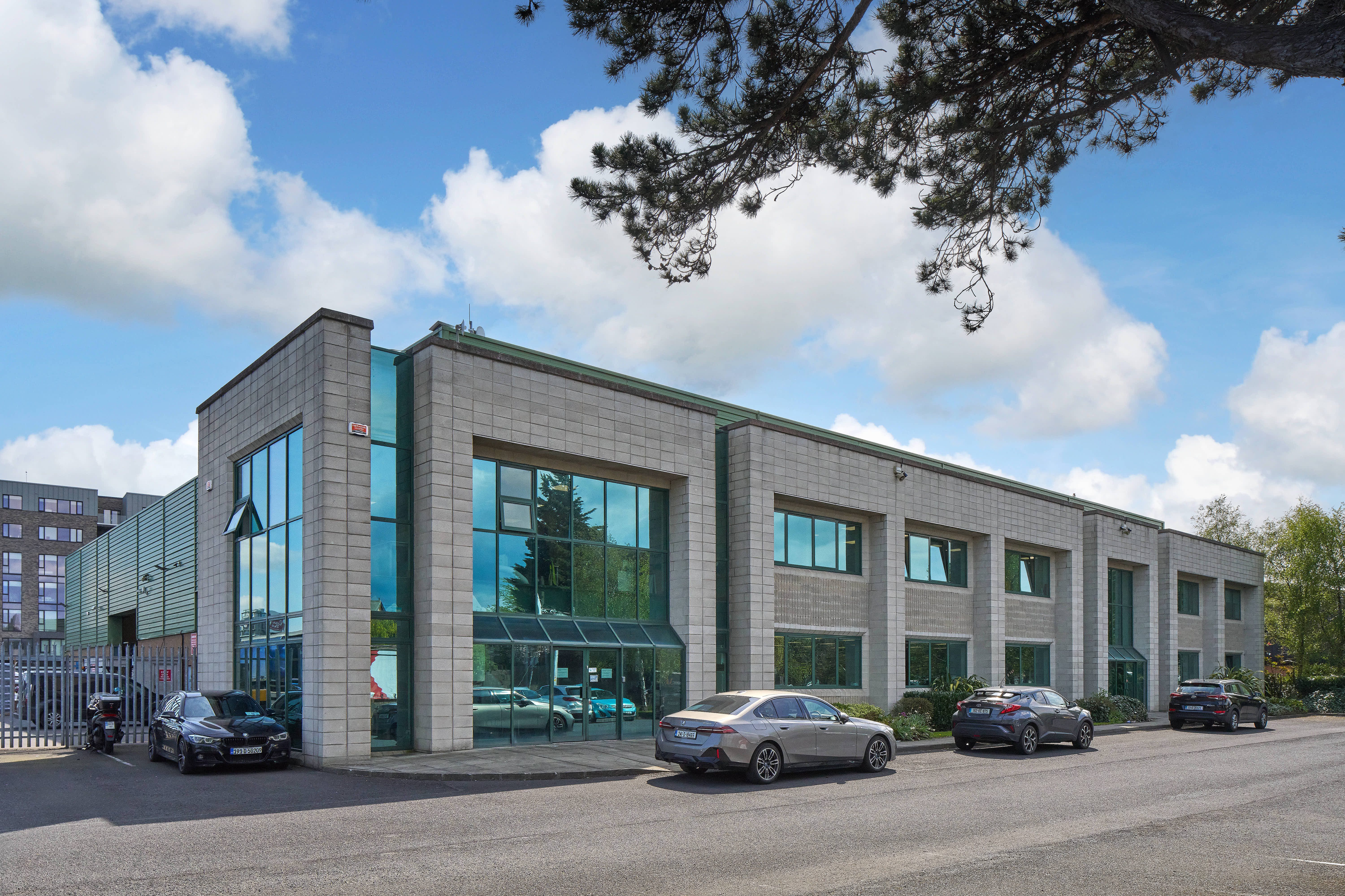Why investors are shifting focus to life sciences real estate
More investors are betting on life sciences real estate as the pandemic drags on
Real estate investors are increasingly targeting the life sciences sector, a bet that the critical role it’s been playing during the pandemic is set to continue.
Blackstone last month raised US$7.5 billion from investors for its new life science office real estate perpetual fund. It also sold its US medical real estate investment trust BioMed Realty Trust for US$14.6 billion to existing BioMed investors. US life sciences real estate developer IQHQ has raised US $1.7 billion.
The deals come amid expansion efforts from sector-focused real estate investment trusts (REITs), including Alexandria Real Estate Equities, Healthpeak Properties and Ventas, which recently set up a joint venture with Singapore’s GIC focused on four U.S. campus projects. In Europe, AXA Investment Managers Real Assets recently invested in a platform which owns 20 life science assets and seven projects in the Netherlands, UK and Germany.
“The buyer pool is broadening as more investors focus on life science offices and laboratories while they wait to see how COVID-19 uncertainty will play out,” says Jacob Rowden, U.S. capital markets research analyst at JLL.
The production of vital medicines, as well as increased testing and therapies to combat COVID-19, are boosting occupancy levels. Ongoing demand from critical cancer, gene therapy, and immunology research, among other focus areas, continues to provide sustained demand, says Audrey Symes, U.S. Healthcare and Life Sciences research director at JLL.
“The more critical the facility is to operations, the lower the perceived occupancy risk.”
Global real estate investment was down 44 percent in the third quarter compared to 3Q 2019, according to JLL data. But sectors that have proven critical throughout the crisis – such as logistics, data centers and multifamily – have fared better than others.
Investment in U.S. life sciences real estate is up by 6.6 percent over the previous 12-month period, evidencing the resilience of the sector. More than US$7 billion of investment took place across the U.S. alone in the past 12 months.
In October, a Ventas-managed fund paid around US$1 billion to Bain Capital Real Estate and Phase 3 Real Estate Partners for a portfolio of U.S. laboratories. Ventas now owns, or has an investment in, more than seven million square feet of research and innovation properties in life sciences across the U.S.
While the global race to develop and produce a vaccine for COVID-19 has accelerated demand for life sciences real estate, the sector was already on investors’ radars. Ageing populations and pioneering advancements in biology have fueled demand for laboratories and their offices.
Looking for more insights? Never miss an update.
The latest news, insights and opportunities from global commercial real estate markets straight to your inbox.
Investors who were already looking at the sector well before pandemic will continue to do so, says Dr Glenn Crocker, head of U.K. life sciences at JLL.
“The U.K.’s life science market is probably the most developed aside from the U.S.,” he says. “Interest in it ranges from domestic to European, North American and Asian investors.”
At the forefront of the sector’s growth has been venture capital. In the U.K., venture capital has increased four-fold in the past five years, according to JLL data. The three life science clusters of Boston, San Francisco and San Diego captured 74 percent of all venture capital investment in U.S. life sciences between January and October this year.
“Venture capital not only fuels demand from start-ups and scale-ups for real estate space, but equally helps new firms emerge,” says Symes.
Clustering key
Cities with leading academic talent and a heavy focus on technology continue to be a top draw, experts say.
Boston, San Francisco and San Diego were all ranked as leaders in JLL’s 2020 U.S. Life Sciences Outlook, thanks to their long-standing reputation as leaders in the sector. Locations with renowned academic institutions offer high potential, from the U.K.’s so-called golden triangle between Cambridge, London and Oxford to Boston’s MIT, Japan’s University of Tokyo and Sun Yat-sen University in Guangzhou.
Investment Opportunities
The clustering of life sciences firms and researchers is common. In China, three new Free Trade Zones were recently announced, with 10 square kilometers at Zhongguancun Life Science Park included. In the UK, DNA sequencing firm DNAe has leased space in west London’s White City, within close proximity of Imperial College students. The area is also home to Swiss pharma giant Novartis, biopharmaceutical company Autolus and biotech startup, Synthace.
The life sciences sector in the U.K. has experienced significant growth in recent years, says Chris Walters, U.K. Investor & Developer Life Sciences Lead at JLL. “While some 70 percent of investment so far has gone into Cambridge, London and Oxford, there are also strong signs of growth beyond that.”
Locations such as Manchester’s Oxford Road corridor and Leeds with its innovation district are also emerging and will continue to grow in the coming years, says Walters.
“In the near-term, the impact of COVID-19 is likely to further increase demand for space,” he says, pointing to new national COVID-19 testing megalabs established at Alderley Park, Milton Keynes and Glasgow. “Life sciences real estate will continue to attract capital through and beyond COVID-19.”
Contact Audrey Symes
What’s your investment ambition?
Uncover opportunities and capital sources all over the world and discover how we can help you achieve your investment goals.
